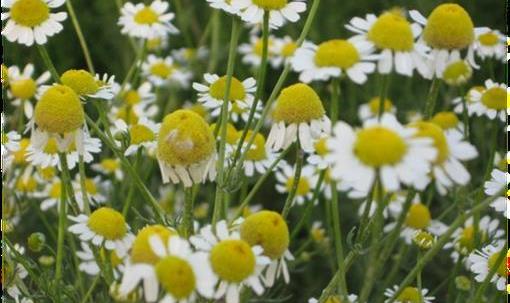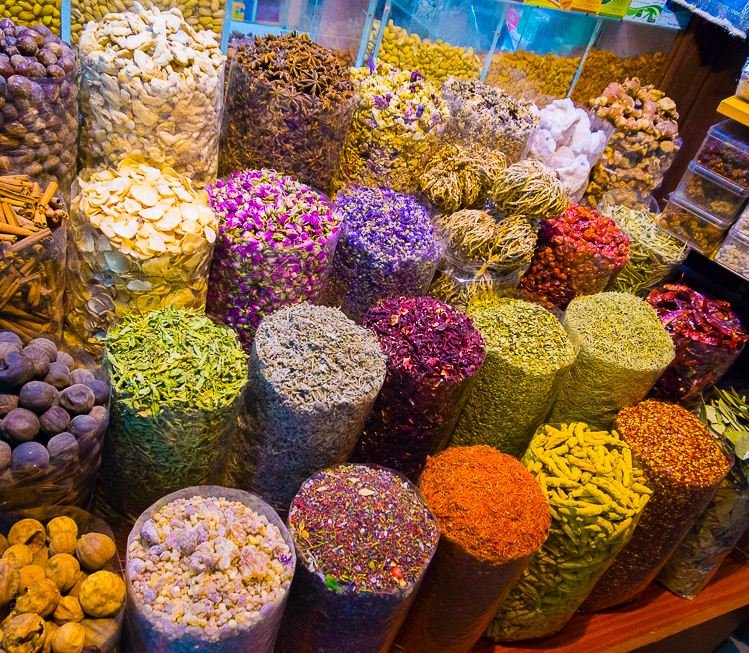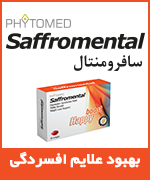THE EFFECT OF GREEN TEA EXTRACT ON CHRONIC
ERYTHEMATOUS CANDIDIASIS IN COMPARISON WITH NISTATIN
Gholamreza Amin1, Shamsolmolok Najafi 2, Samira Hajheidary
۱Department of Medicinal Chemistry, Faculty of Pharmacy and Pharmaceutical Sciences Research Center, Tehran University of Medical Sciences, Tehran, Iran
۲Department of Oral Medicine and Dental Research Center, Faculty of Dentistry, Tehran
University of Medical Sciences, Tehran, Iran
Denture stomatitis is very common oral mucosal lesion, affecting approximately 50% of denture wearers in some populations. Microbiological swabs from the palate and denture surface will confirm the presence of yeasts – C. albicans is the most common followed by C. glabrata, C. tropicalis and others. The association of these procedures with the use of topical antifungal drugs on the affected areas and on dentures is relevant as well. Widespread emergence of microbial (bacteria, fungi, virus etc. resistance to present drugs represents a serious problem in treatment of such kind of infections. More recently an increased interest to use natural antimicrobial compounds, like plant extracts of medicinal plants possess a characteristic flavour and sometimes show antimicrobial and antifungal activity. The antifungal activity of medicinal plants has already been studied extensively. Camellia sinensis seems to be valuable sources for antifungal drugs, especially against Candida albicans. Green tea leaves (Camellia sinensis L.) has been shown variable antifungal activity in vitro against Candida albicans in different harvest time. The aim of the present study is to evaluate the efficacy of green tea extract in compared with that of nistatin drop in the treatment of denture stomatitis. This is an open, randomized, controlled, experimental Double Blind Clinical Trial study with 30 patients in two parallel groups, 15 patients will receive nistatin drop and the other ones green tea extract(0.58%). The patients will be recommended to use mouthwash 4 times a day each time 15-20 drops for 5 min and after that they should prevent from eating and drinking for 30 minutes, and they are suggested to use the drug in two weeks at a specific time. Amount of inflammation and erythema, will be recorded before and after treatment in each session. To determine improvement, we have used two criteria: rating system for density of mycological culture and, erythema surface of palatal mucosa on days 0, 7, 14 after commencement of therapy. After selection of the patients, at each visit, mycological samples will be taken from the palatal mucosa and fitting surface of the denture and will inoculated on Sabouraud’s dextrose agar plates. Samples will be taken with sterile cotton swabs and inoculated by rolling the swab over the culture media, then will incubate at 37 ˚C and after 48h the colonies will be counted and expressed in terms of densities. At each visit, the erythema of the palatal mucosa will be measured with a graded abslang and will record according to 6point scale. 27 patients were entered the trial. The green tea extract group (group A) consisted of 11 females and 4 males. The nistatin group (group B) contained 9 females and 3 males. The erythema surface of the palatal surface was significantly reduced in both groups at follow-up visits Compared with the pretreatment condition. No significant difference was seen between the two groups at the same visits. This study indicated that Green tea extract can be effective in reducing the number of Candida colonies and reducing the erythematic area which was comparable to nistatin drop in the management of denture stomatitis.
https://medplant.ir/?p=11117



